Home>Gardening & Outdoor>Outdoor Recreation & Activities>How To Clean An Above Ground Swimming Pool After Winter
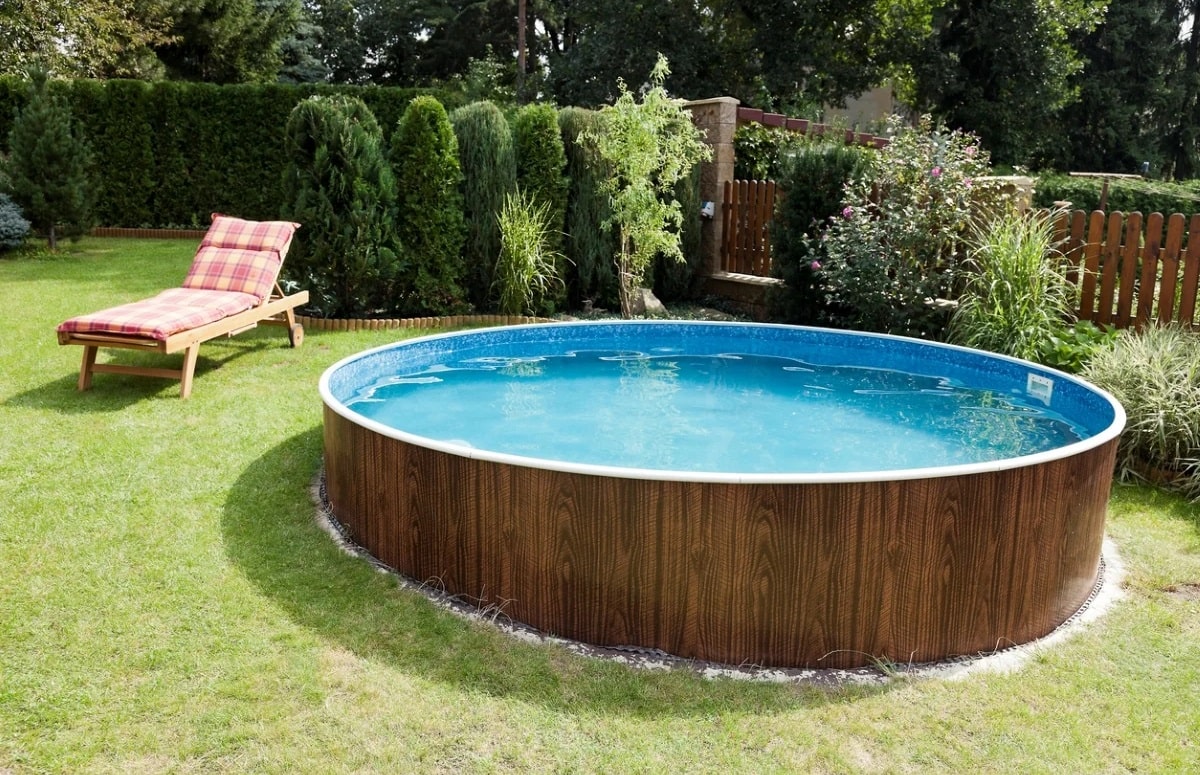

Outdoor Recreation & Activities
How To Clean An Above Ground Swimming Pool After Winter
Published: February 18, 2024
Learn how to properly clean and maintain your above ground swimming pool after winter to ensure a refreshing and enjoyable outdoor recreation and activities experience. Discover expert tips and techniques for a pristine pool ready for summer fun.
(Many of the links in this article redirect to a specific reviewed product. Your purchase of these products through affiliate links helps to generate commission for Storables.com, at no extra cost. Learn more)
Introduction
As the winter season bids adieu and the warmth of spring beckons, it's time to prepare your above ground swimming pool for the upcoming sunny days. After months of being dormant, your pool requires a thorough cleaning and maintenance regimen to ensure it's ready for endless hours of aquatic enjoyment. Cleaning an above ground swimming pool after winter may seem like a daunting task, but with the right approach and a bit of elbow grease, you can restore its crystal-clear allure in no time.
In this comprehensive guide, we will walk you through the step-by-step process of reviving your above ground pool, from removing debris and leaves to balancing the water chemistry and getting the filtration system up and running. By following these essential steps, you'll be well-equipped to tackle the post-winter pool cleaning with confidence and efficiency.
So, roll up your sleeves, gather your cleaning supplies, and let's dive into the rejuvenation journey of your above ground swimming pool. With a little effort and the insights shared in this guide, you'll soon be basking in the refreshing waters of a sparkling clean pool, ready to create lasting memories with family and friends.
Key Takeaways:
- Get your above ground swimming pool ready for summer by removing debris, cleaning the cover, and balancing water chemistry. A clean pool ensures a healthy and enjoyable swimming experience for you and your guests.
- Revive your pool after winter by scrubbing and vacuuming the walls and floor, refilling the pool, and starting the filtration system. Enjoy a sparkling, inviting pool that’s ready for a season of aquatic leisure.
Step 1: Remove Debris and Leaves
The first crucial step in reviving your above ground swimming pool after winter is to rid it of accumulated debris and leaves. Over the colder months, wind and inclement weather may have caused a buildup of fallen leaves, twigs, and other organic matter on the pool's surface and in the surrounding area. Clearing this debris is essential to prevent clogging the pool's filtration system and to ensure a clean and inviting swimming environment.
To begin, use a skimmer net to carefully remove any floating debris from the water's surface. Gently glide the net across the pool, collecting leaves, insects, and other visible debris. Take your time to ensure thorough removal, as even small particles can contribute to water contamination if left unchecked.
Next, focus on the pool's bottom and sides. If your pool is equipped with a cover, carefully remove it, taking care to prevent any debris on top from falling into the water. Once the cover is off, use a pool brush or a leaf rake to gather and remove any leaves and debris settled at the bottom of the pool. Be meticulous in this process, as neglecting to remove all debris can lead to staining and deterioration of the pool's surfaces.
In addition to clearing the pool itself, pay attention to the surrounding area. Remove any fallen leaves, branches, or other debris from the pool deck and the immediate vicinity. This not only contributes to a cleaner overall aesthetic but also minimizes the likelihood of debris finding its way back into the pool.
By diligently removing debris and leaves from both the pool and its surroundings, you set the stage for the subsequent cleaning and maintenance steps. This proactive approach not only enhances the pool's visual appeal but also lays the foundation for a healthier and more enjoyable swimming experience for you and your guests.
Step 2: Clean the Pool Cover
After a long winter, your pool cover may have accumulated dirt, debris, and possibly even stagnant water. Cleaning the pool cover is an essential part of preparing your above ground swimming pool for the upcoming season. Not only does it contribute to the overall cleanliness and aesthetics of your pool area, but it also helps prolong the lifespan of the cover itself.
To begin, carefully remove the pool cover, taking care to prevent any debris on top from falling into the water. If the cover has collected standing water, use a submersible pump or a pool cover pump to remove it. This step is crucial as stagnant water can become a breeding ground for mosquitoes and other pests.
Once the excess water has been removed, lay the pool cover flat on a clean surface, such as a driveway or a large tarp. Use a broom or a soft-bristled brush to sweep away any loose debris, leaves, or dirt from the cover. Take your time to ensure that all visible debris is removed before proceeding to the next step.
Next, fill a large container with a mixture of mild detergent and water. Gently scrub the pool cover with a soft brush or a sponge, using the soapy water to remove any stubborn dirt or stains. Pay special attention to areas where debris may have accumulated, such as the folds and creases of the cover. Avoid using harsh chemicals or abrasive cleaning tools, as these can damage the cover material.
After scrubbing the cover, rinse it thoroughly with a hose to remove any soap residue and dirt. Allow the cover to air dry completely before folding and storing it. It's important to ensure that the cover is completely dry to prevent mold and mildew growth, which can compromise its integrity and effectiveness.
Once the pool cover is clean and dry, inspect it for any signs of wear and tear, such as tears, holes, or fraying edges. Address any minor damages promptly to prevent them from worsening over time. Proper maintenance and cleaning of the pool cover not only contribute to a cleaner and more inviting pool environment but also help extend the lifespan of this essential protective barrier.
By dedicating time and attention to cleaning and maintaining the pool cover, you contribute to the overall care and longevity of your above ground swimming pool, ensuring that it remains a source of enjoyment and relaxation for years to come.
Step 3: Inspect and Clean the Pool Filter
The pool filter plays a pivotal role in maintaining water clarity and purity by capturing and removing impurities and debris. As part of the post-winter pool cleaning process, inspecting and cleaning the pool filter is essential to ensure optimal filtration efficiency and water quality.
Begin by locating the pool filter, which is typically housed in a designated pump and filter system near the pool. Common types of pool filters include sand filters, cartridge filters, and diatomaceous earth (DE) filters, each requiring specific maintenance procedures.
Before proceeding with the inspection and cleaning, it's crucial to turn off the pool's filtration system to prevent any mishaps or damage during the process. Once the system is safely deactivated, carefully open the filter housing to access the filter element.
For sand filters, the inspection involves examining the sand bed for any signs of clumping, channeling, or clogging. Over time, the sand can become compacted, reducing its filtration effectiveness. If compacted, the sand should be backwashed to dislodge debris and restore proper flow.
Cartridge filters require the removal and inspection of the cartridge element. Visually assess the cartridge for accumulated dirt, debris, and signs of wear. A gentle rinse with a hose or a cartridge cleaner can effectively remove surface impurities, restoring the filter's efficiency.
Diatomaceous earth (DE) filters necessitate a thorough inspection of the filter grids or fingers. Carefully remove the grids and visually inspect them for tears, caked-on DE powder, or other obstructions. A deep cleaning involving soaking the grids in a DE filter cleaner solution can effectively dislodge accumulated debris and restore optimal filtration capacity.
After the inspection, proceed with the cleaning process specific to your pool filter type. Follow manufacturer guidelines and recommended cleaning procedures to ensure thorough maintenance without causing damage to the filter elements.
Once the cleaning process is complete, carefully reassemble the filter components, ensuring proper alignment and secure connections. With the filter housing securely closed, it's time to reactivate the filtration system and monitor its operation to ensure everything is functioning as intended.
By diligently inspecting and cleaning the pool filter, you contribute to the overall health and clarity of your above ground swimming pool. A well-maintained filter ensures efficient removal of impurities, allowing you to enjoy a pristine and inviting swimming environment throughout the upcoming season.
Before cleaning your above ground pool after winter, remove any debris and leaves from the surface with a skimmer. Then, use a pool brush to scrub the walls and floor, and vacuum any remaining dirt. Finally, shock the pool with chlorine to kill any bacteria and algae.
Step 4: Check and Balance the Water Chemistry
Maintaining proper water chemistry is fundamental to the overall health and safety of your above ground swimming pool. As the winter months pass, the pool water may have undergone changes in its chemical composition, necessitating a thorough assessment and adjustment to ensure a balanced and inviting aquatic environment.
The first step in addressing the water chemistry is to test the pool water using a reliable water testing kit. These kits are readily available at pool supply stores and are essential for gauging key parameters such as pH levels, chlorine concentration, alkalinity, and calcium hardness. Follow the instructions provided with the testing kit to obtain accurate readings for each of these crucial factors.
Once the test results are available, it's time to interpret and analyze the findings. Start by assessing the pH level, which indicates the acidity or alkalinity of the water. The ideal pH range for pool water is typically between 7.2 and 7.6. If the pH deviates from this range, appropriate pH increaser or decreaser chemicals should be added to bring the water into the optimal range.
Next, evaluate the chlorine concentration, which is vital for disinfecting the pool and combating bacteria and algae. The recommended chlorine level for pool water falls within the range of 1.0 to 3.0 parts per million (ppm). If the chlorine level is outside this range, adjust it using chlorine tablets or granules to achieve the desired concentration.
Alkalinity and calcium hardness are additional parameters that warrant attention. Proper alkalinity helps stabilize the pH level, while balanced calcium hardness prevents corrosion or scaling of the pool surfaces. Adjust these levels as needed using alkalinity and calcium hardness increasers or decreasers, ensuring they align with the recommended ranges for optimal water balance.
In addition to chemical adjustments, consider the overall water clarity and transparency. If the water appears cloudy or hazy, it may indicate the presence of impurities or inadequate filtration. Address any clarity issues by running the filtration system, and consider using a pool clarifier to aid in the removal of fine particles, enhancing water clarity.
Regularly monitoring and maintaining the water chemistry of your above ground swimming pool is essential for preserving water quality and ensuring a safe and enjoyable swimming experience. By diligently testing, analyzing, and balancing the chemical composition of the pool water, you contribute to the longevity of the pool and the well-being of those who partake in its refreshing waters.
Read more: How To Bond An Above Ground Swimming Pool
Step 5: Scrub and Vacuum the Pool Walls and Floor
After addressing the initial stages of post-winter pool cleaning, it's essential to direct attention to the pool's walls and floor, where residual dirt, algae, and other impurities may have accumulated during the dormant winter months. Scrubbing and vacuuming the pool surfaces is a critical step in restoring the pristine condition of your above ground swimming pool, ensuring a clean and inviting environment for the upcoming season.
Begin by equipping yourself with a pool brush specifically designed for the material of your pool walls and floor. For vinyl or fiberglass pools, opt for a soft-bristled brush to prevent scratching or damage, while concrete or plaster pools may require a slightly more abrasive brush to effectively dislodge stubborn debris and algae.
Starting with the pool walls, work methodically from the top downward, using firm but gentle strokes to scrub away any algae, mineral deposits, or dirt that may have adhered to the surfaces. Pay particular attention to areas with poor water circulation, such as behind ladders or steps, as these are common hotspots for algae growth and debris accumulation.
As you progress, periodically rinse the brush to remove dislodged debris, preventing it from settling back onto the surfaces. Be thorough in your approach, ensuring that all visible impurities are effectively scrubbed away, contributing to a cleaner and more visually appealing pool interior.
Once the walls have been meticulously scrubbed, shift your focus to the pool floor. If your pool is equipped with a vacuum system, attach the appropriate vacuum head and hose, ensuring a secure connection. If using a manual pool vacuum, carefully maneuver it across the pool floor, systematically covering the entire area to capture dirt, leaves, and any remaining debris.
As you vacuum, pay attention to corners, crevices, and areas around pool fittings, as these are common spots where debris tends to accumulate. Take your time to ensure thorough coverage, effectively removing all visible impurities and sediment from the pool floor.
Upon completing the scrubbing and vacuuming process, take a moment to admire the transformation. The pool walls and floor, once marred by winter's remnants, now exude a renewed radiance, ready to welcome swimmers into a pristine aquatic haven.
By diligently scrubbing and vacuuming the pool walls and floor, you contribute to the overall cleanliness and visual appeal of your above ground swimming pool, setting the stage for a season of refreshing and enjoyable aquatic leisure.
Step 6: Refill the Pool and Start the Filtration System
With the preceding steps of post-winter pool cleaning diligently completed, it's time to initiate the final phases of preparing your above ground swimming pool for the upcoming season. Refilling the pool and activating the filtration system are pivotal tasks that culminate the comprehensive cleaning and maintenance process, ensuring that your pool is primed for crystal-clear, refreshing enjoyment.
Begin by assessing the current water level in the pool. If the water level has significantly decreased over the winter months, it's essential to replenish it to the appropriate operating level. Using a garden hose, carefully add water to the pool, monitoring the level to prevent overfilling. Aim to achieve the recommended water level for your specific pool model, typically indicated by the manufacturer or outlined in the pool's user manual.
As the pool refills, take a moment to inspect the water clarity and transparency. While the fresh water may initially appear clear, it's not uncommon for fine particles and impurities to become suspended during the filling process. To address this, consider running the filtration system intermittently as the pool refills, allowing the filter to capture and remove any suspended debris, contributing to improved water clarity from the outset.
Once the pool has been refilled to the appropriate level, it's time to start the filtration system. Begin by ensuring that the pool's pump and filtration components are securely connected and in proper working condition. Activate the filtration system, allowing the pump to circulate the newly filled water through the filter and back into the pool.
As the filtration system operates, observe the water flow and filtration performance, ensuring that there are no leaks, unusual noises, or irregularities in the system's operation. Monitor the pressure gauge on the filter to gauge the flow rate and pressure within the system, as significant deviations from the norm may indicate underlying issues that require attention.
In conjunction with starting the filtration system, consider adding a suitable dose of pool shock or chlorine to the water to initiate the sanitization process. This helps establish a baseline level of disinfection, combating any potential contaminants introduced during the pool refilling process and preparing the water for subsequent chemical adjustments.
By refilling the pool to the appropriate level and starting the filtration system, you complete the essential tasks of post-winter pool cleaning, setting the stage for a season of enjoyment in a pristine and inviting above ground swimming pool. With the water replenished and the filtration system operational, you're now poised to revel in the refreshing oasis of your meticulously rejuvenated pool, ready to create lasting memories and moments of aquatic leisure.
Conclusion
As the final droplets of winter yield to the gentle embrace of spring, the journey of reviving your above ground swimming pool after the seasonal slumber culminates in a harmonious symphony of cleanliness, rejuvenation, and anticipation. The comprehensive post-winter pool cleaning process, comprising meticulous steps to remove debris, clean the pool cover, inspect and clean the filter, balance water chemistry, scrub and vacuum the pool surfaces, and refill the pool, sets the stage for a season of aquatic delight and relaxation.
With each step undertaken with care and dedication, your above ground swimming pool emerges from its winter hibernation, shedding the remnants of the past season and embracing a renewed vitality. The removal of debris and leaves, both from the pool and its surroundings, not only enhances the visual allure but also lays the foundation for a healthier and more enjoyable swimming experience. Cleaning the pool cover not only contributes to the overall cleanliness and aesthetics of the pool area but also helps prolong the lifespan of this essential protective barrier.
The meticulous inspection and cleaning of the pool filter ensure optimal filtration efficiency and water quality, essential for maintaining a pristine aquatic environment. Balancing the water chemistry, a fundamental aspect of pool maintenance, safeguards the health and safety of swimmers while preserving the integrity of the pool and its components. The thorough scrubbing and vacuuming of the pool walls and floor breathe new life into the pool, transforming it into a sparkling oasis ready to welcome eager swimmers.
As the pool is refilled and the filtration system activated, the culmination of the post-winter cleaning process heralds the dawn of a new season of aquatic leisure. The water, once dormant and still, now ripples with renewed vitality, beckoning swimmers to immerse themselves in its refreshing embrace. With the filtration system operational and the water chemistry balanced, your above ground swimming pool stands as a testament to meticulous care and dedication, ready to offer moments of relaxation, joy, and cherished memories.
In conclusion, the journey of cleaning an above ground swimming pool after winter transcends the physical act of maintenance; it embodies a commitment to creating a space of rejuvenation, leisure, and shared experiences. As you gaze upon the glistening waters of your meticulously tended pool, may it serve as a beacon of tranquility and delight, inviting you and your loved ones to bask in the simple pleasures of a pristine aquatic haven.
Frequently Asked Questions about How To Clean An Above Ground Swimming Pool After Winter
Was this page helpful?
At Storables.com, we guarantee accurate and reliable information. Our content, validated by Expert Board Contributors, is crafted following stringent Editorial Policies. We're committed to providing you with well-researched, expert-backed insights for all your informational needs.
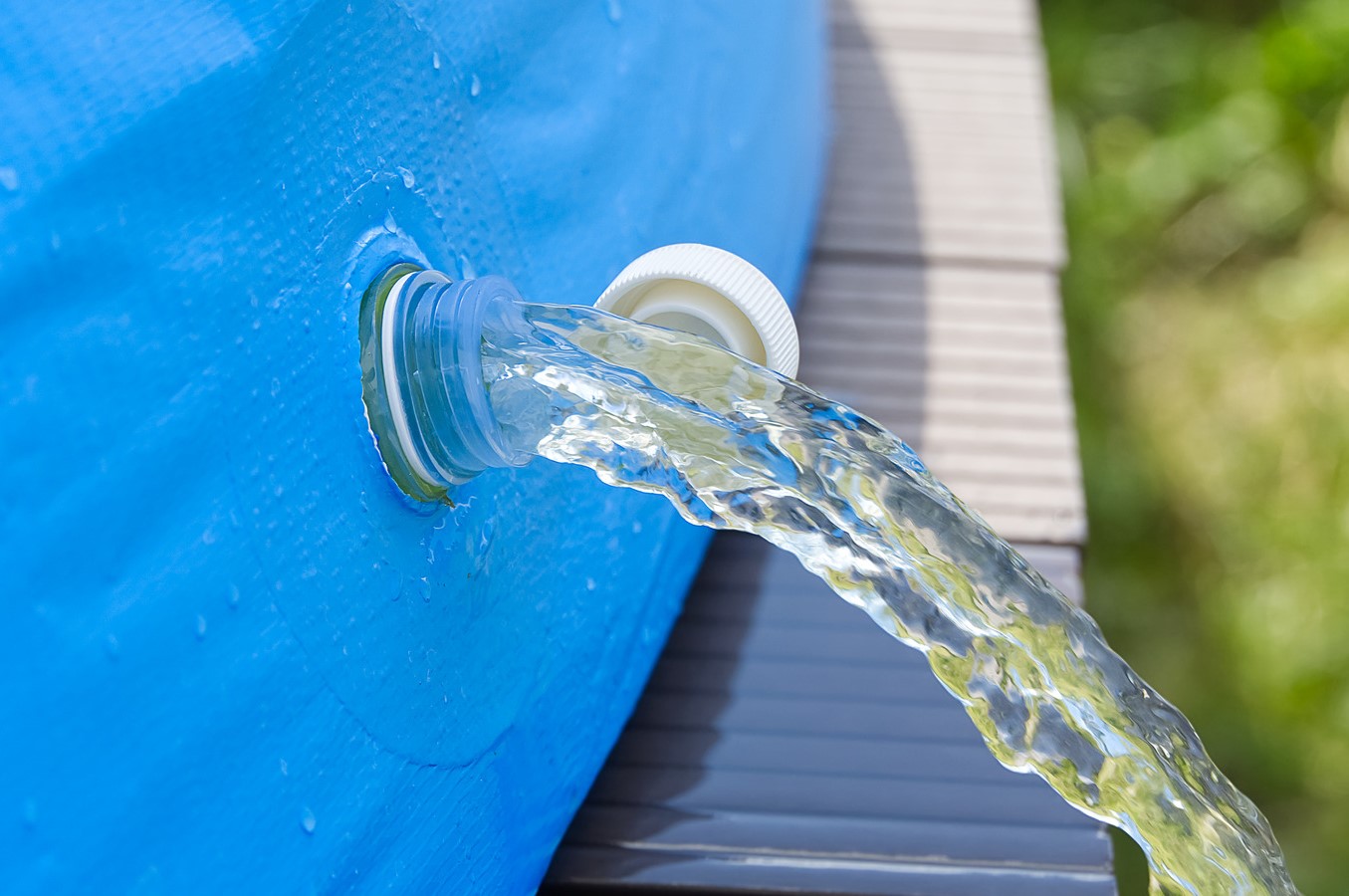
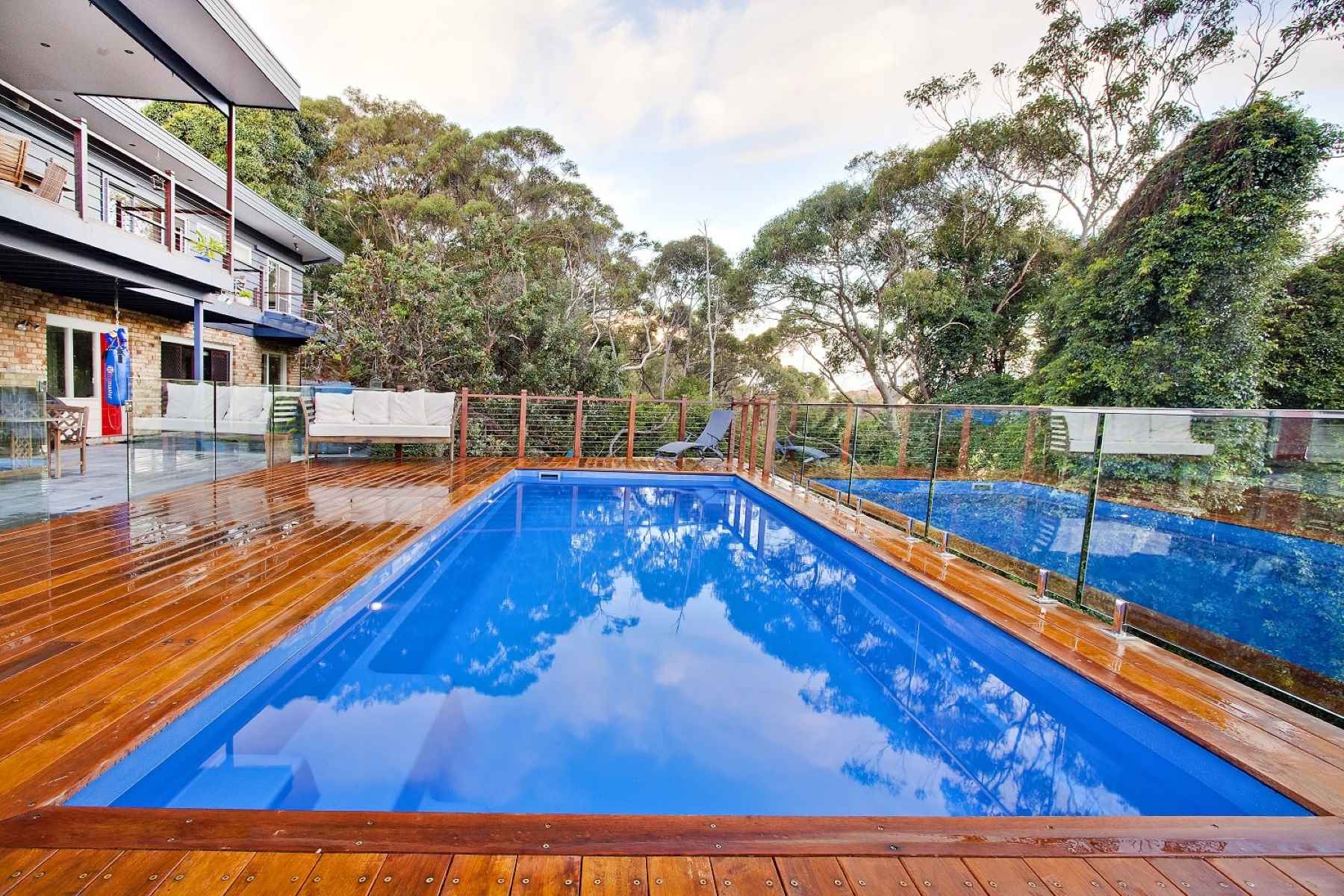
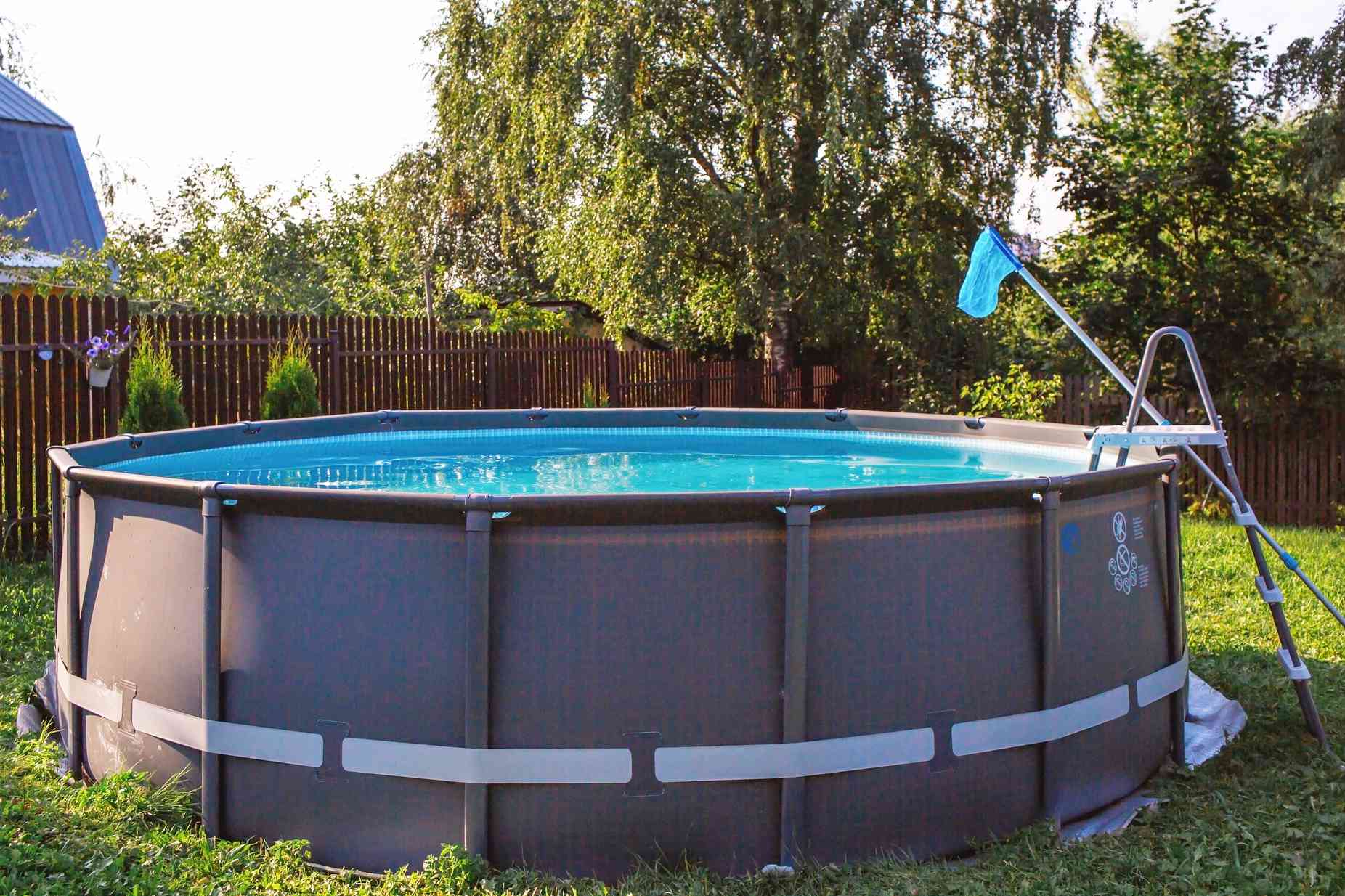
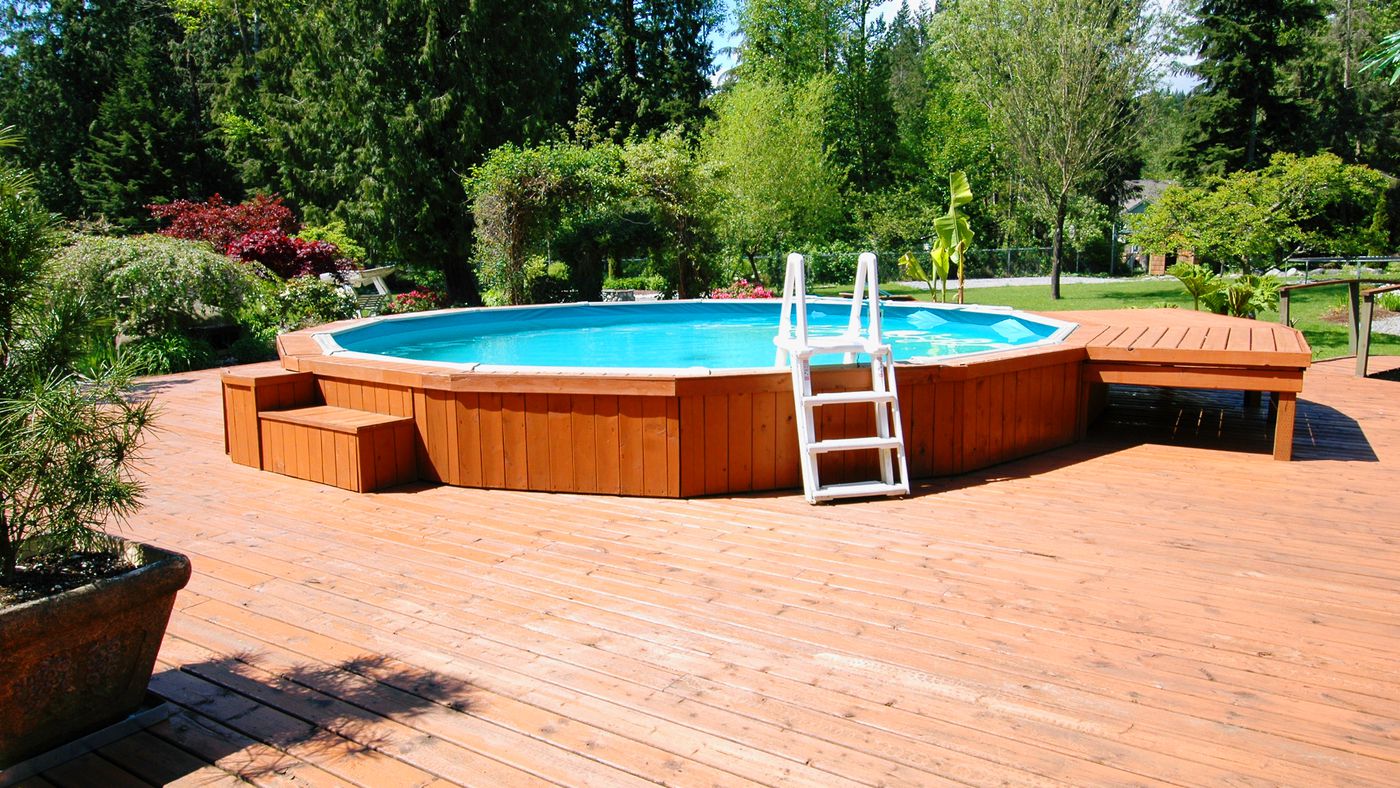
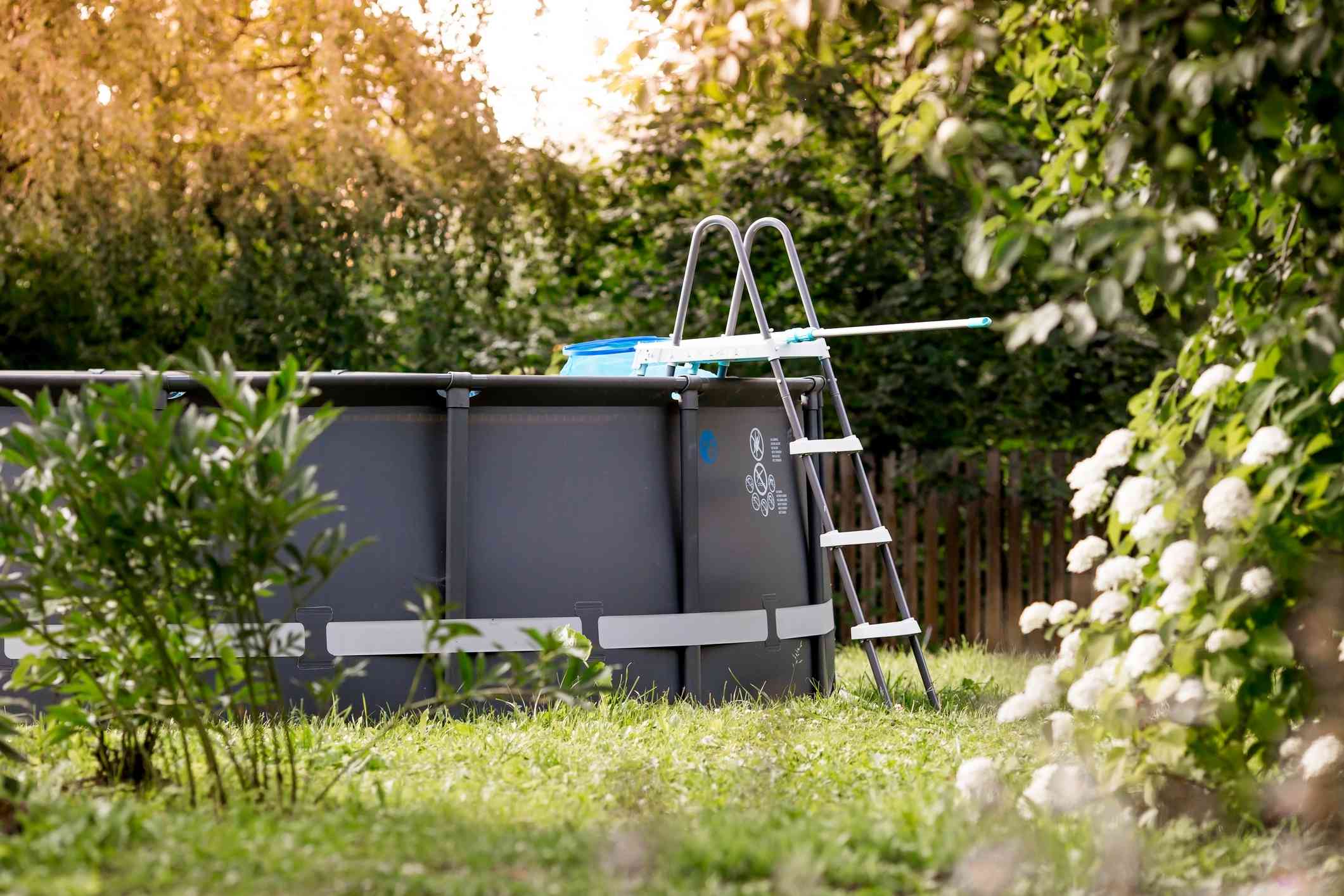
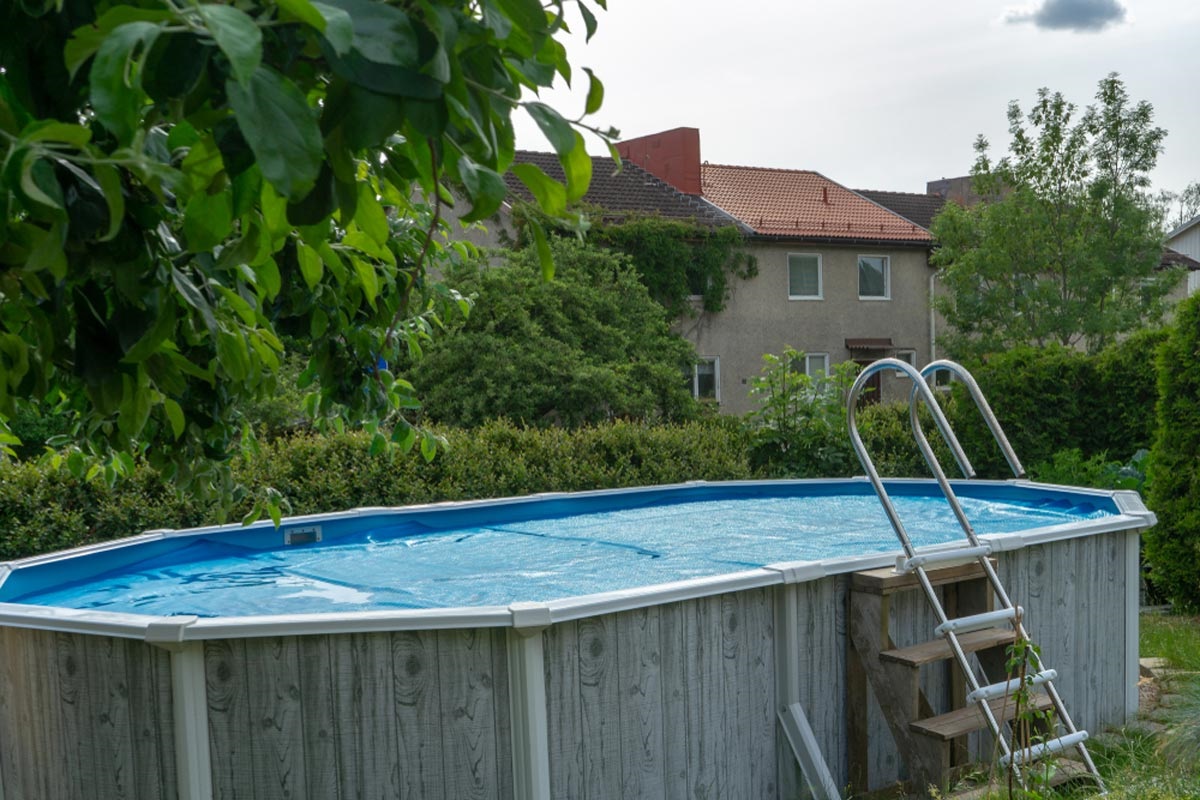
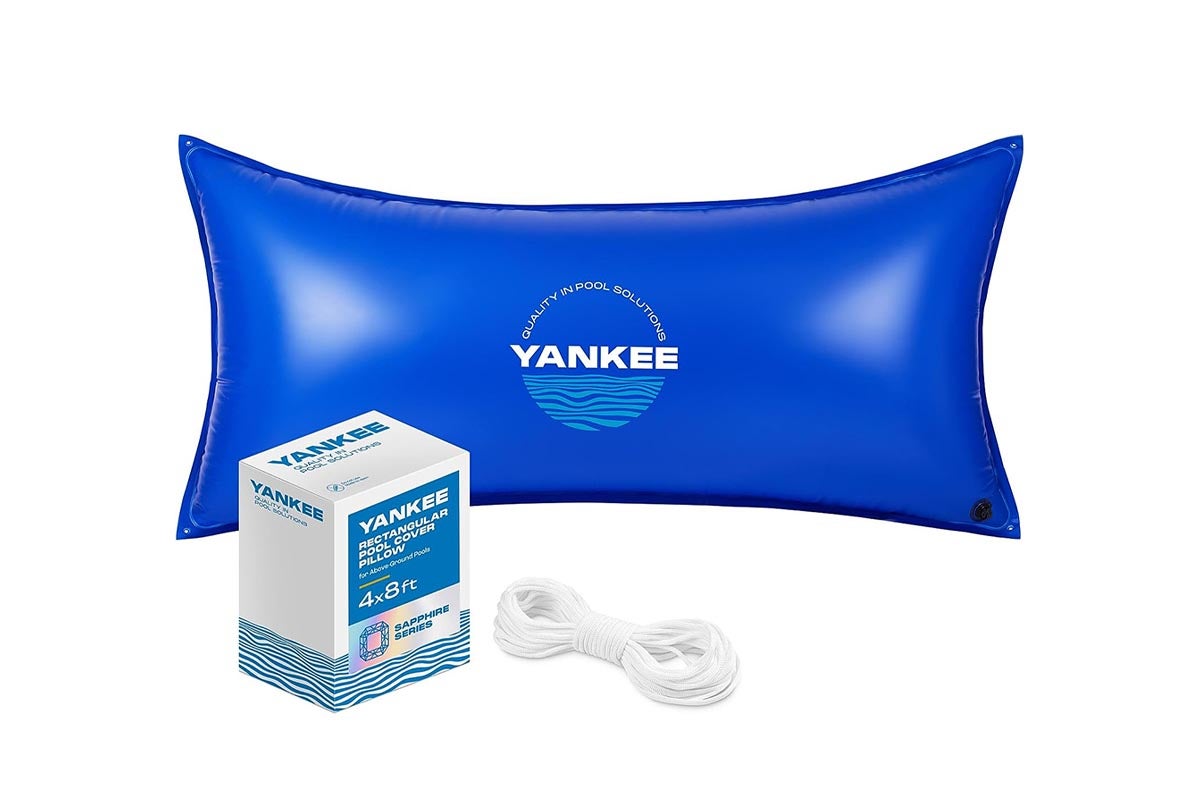
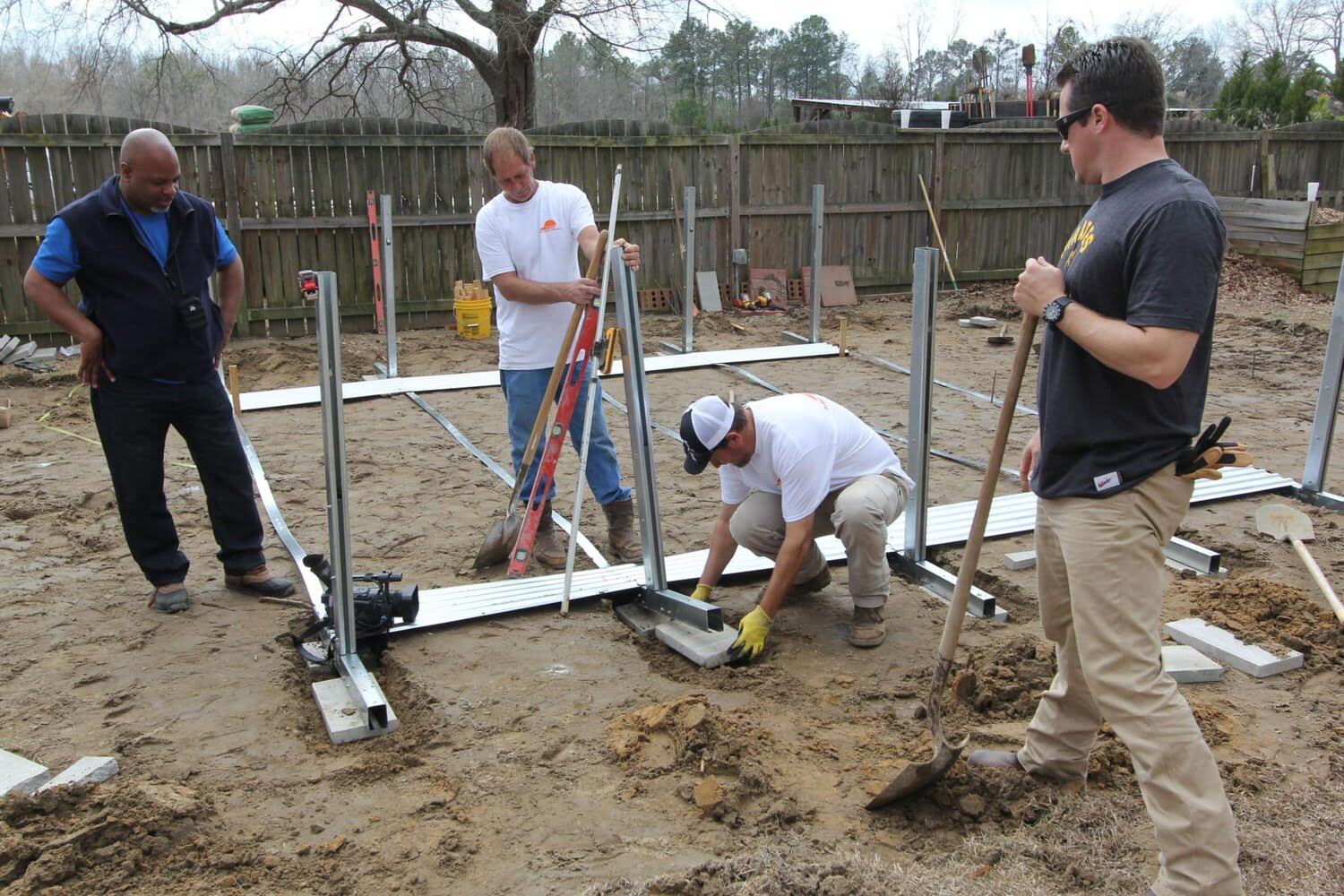
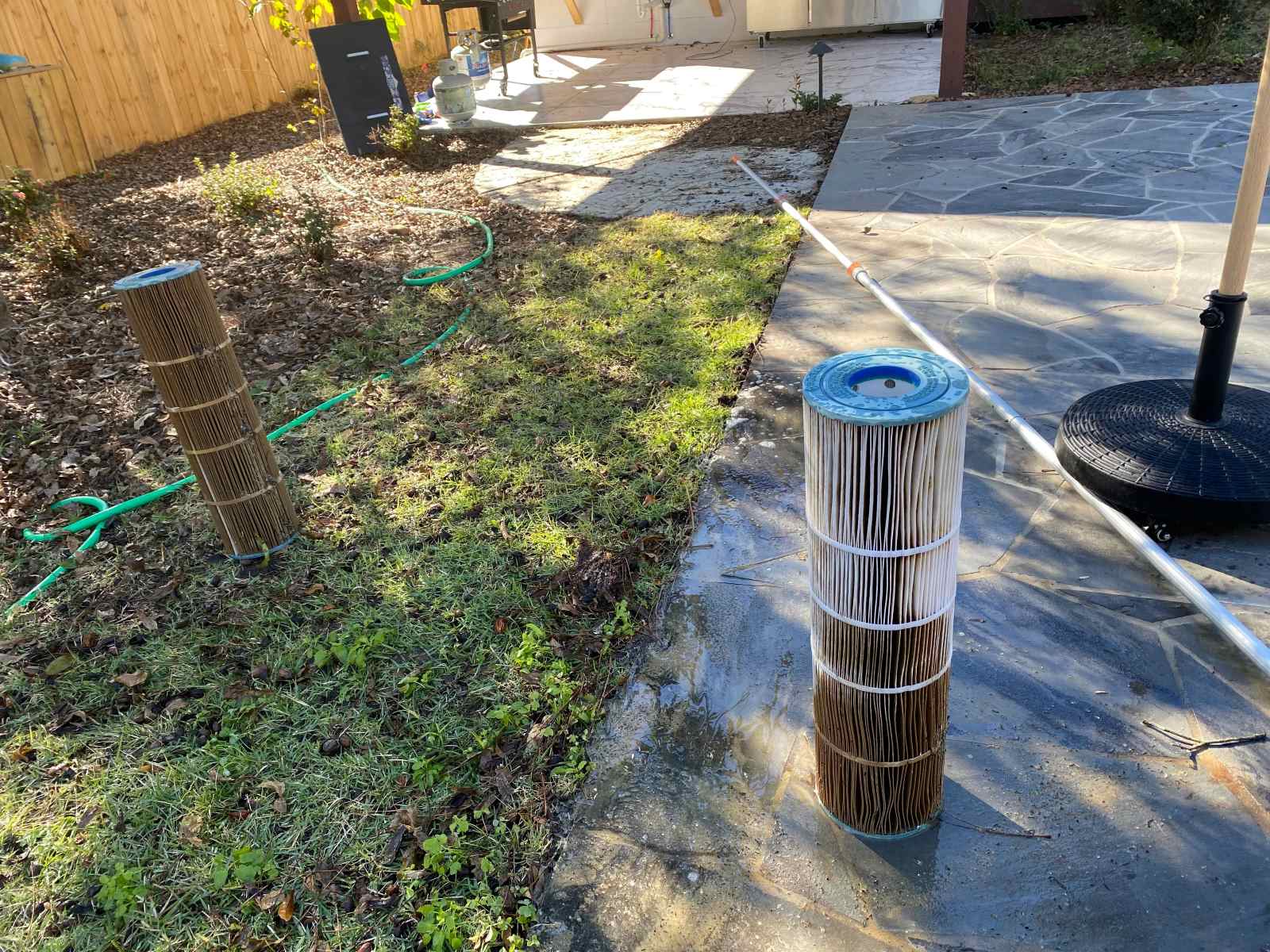
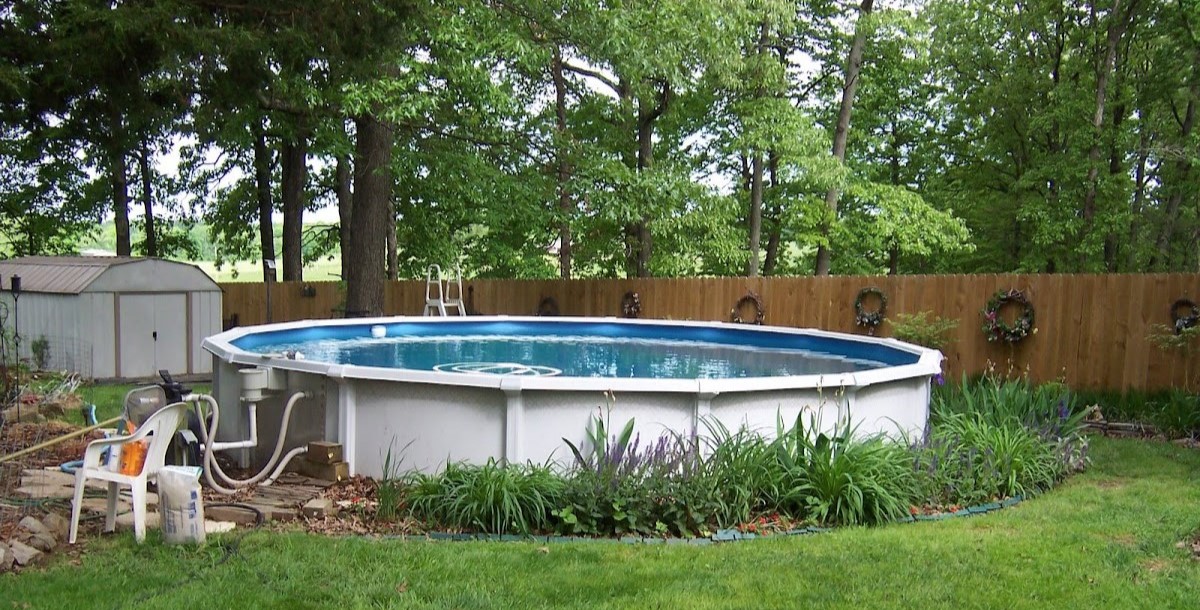
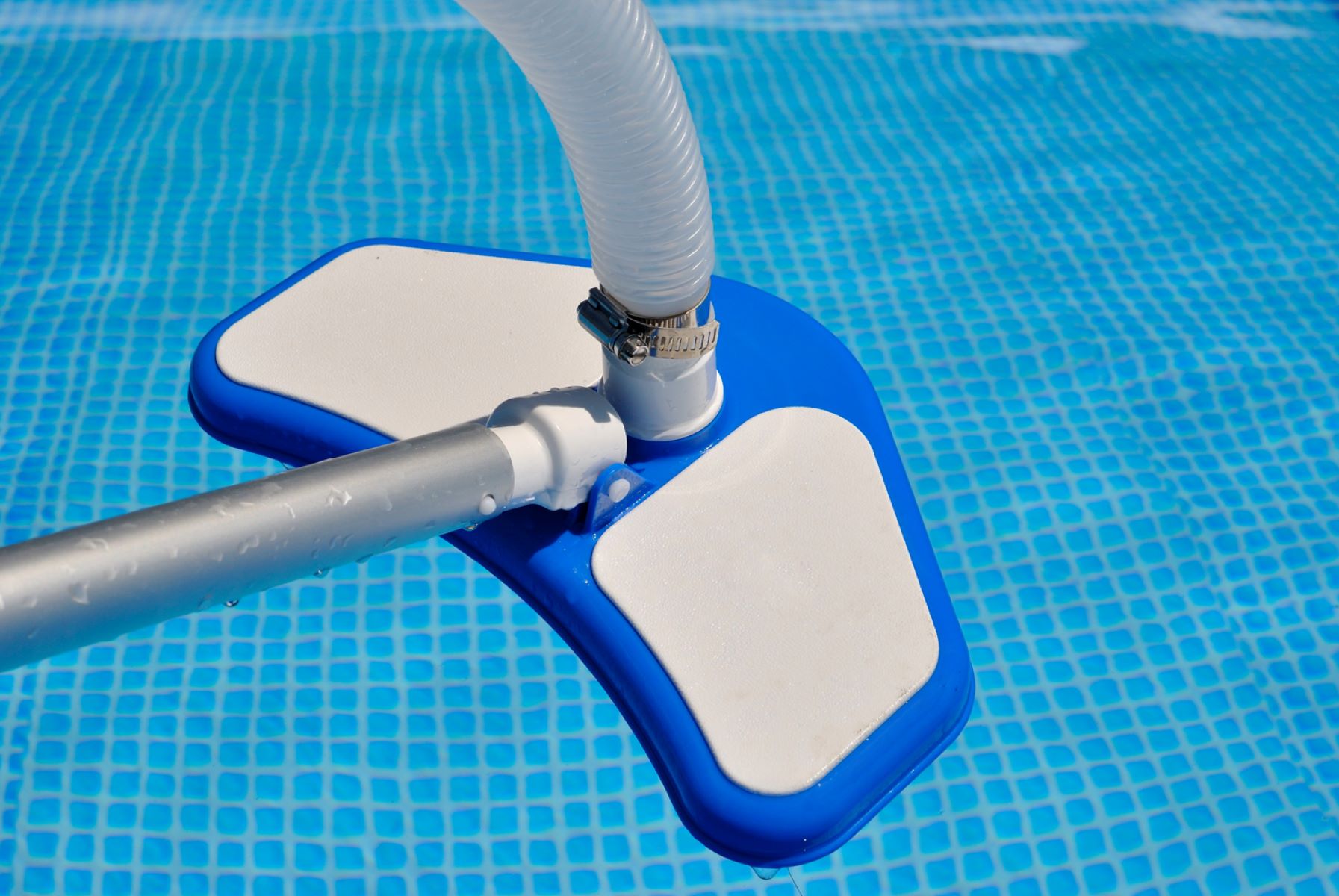
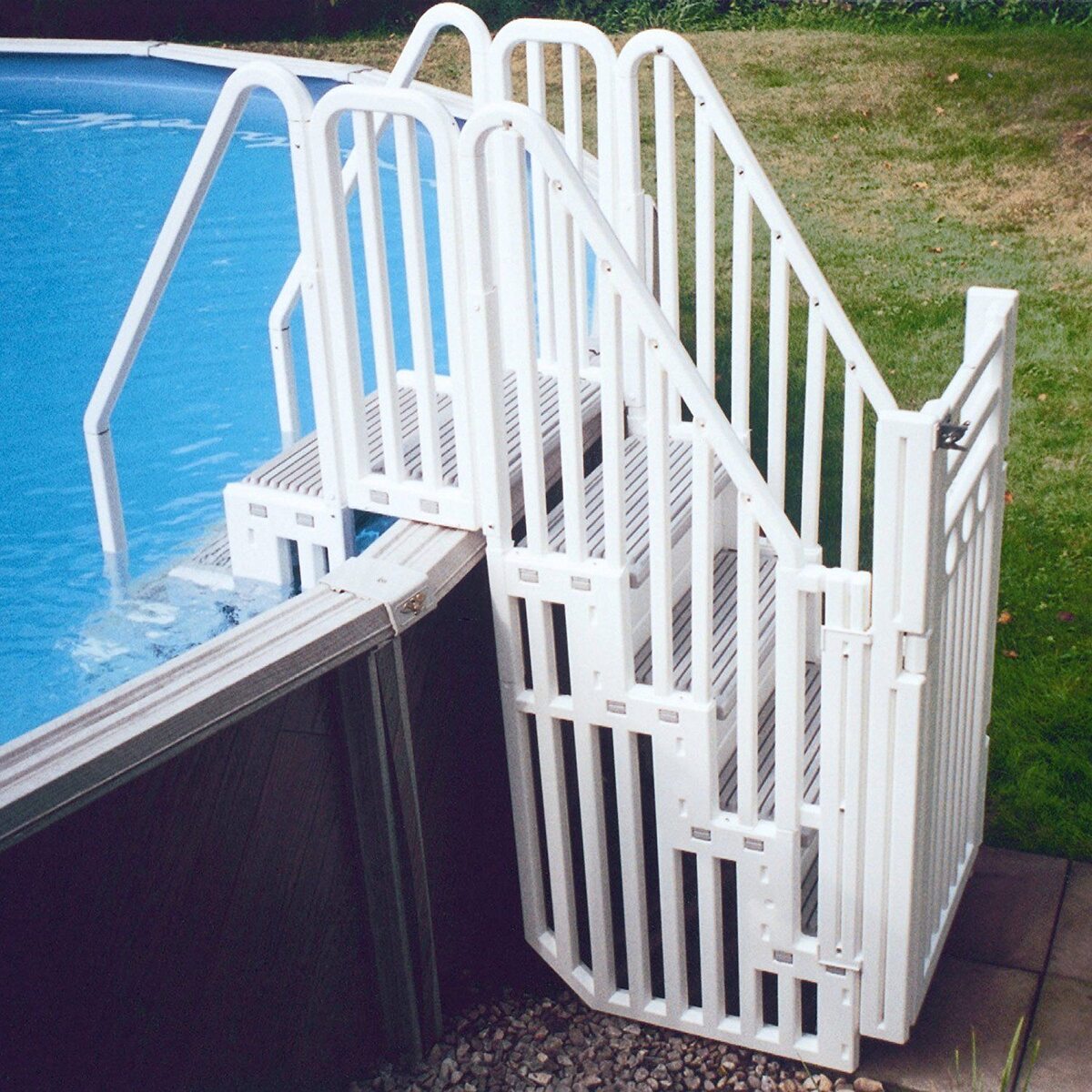
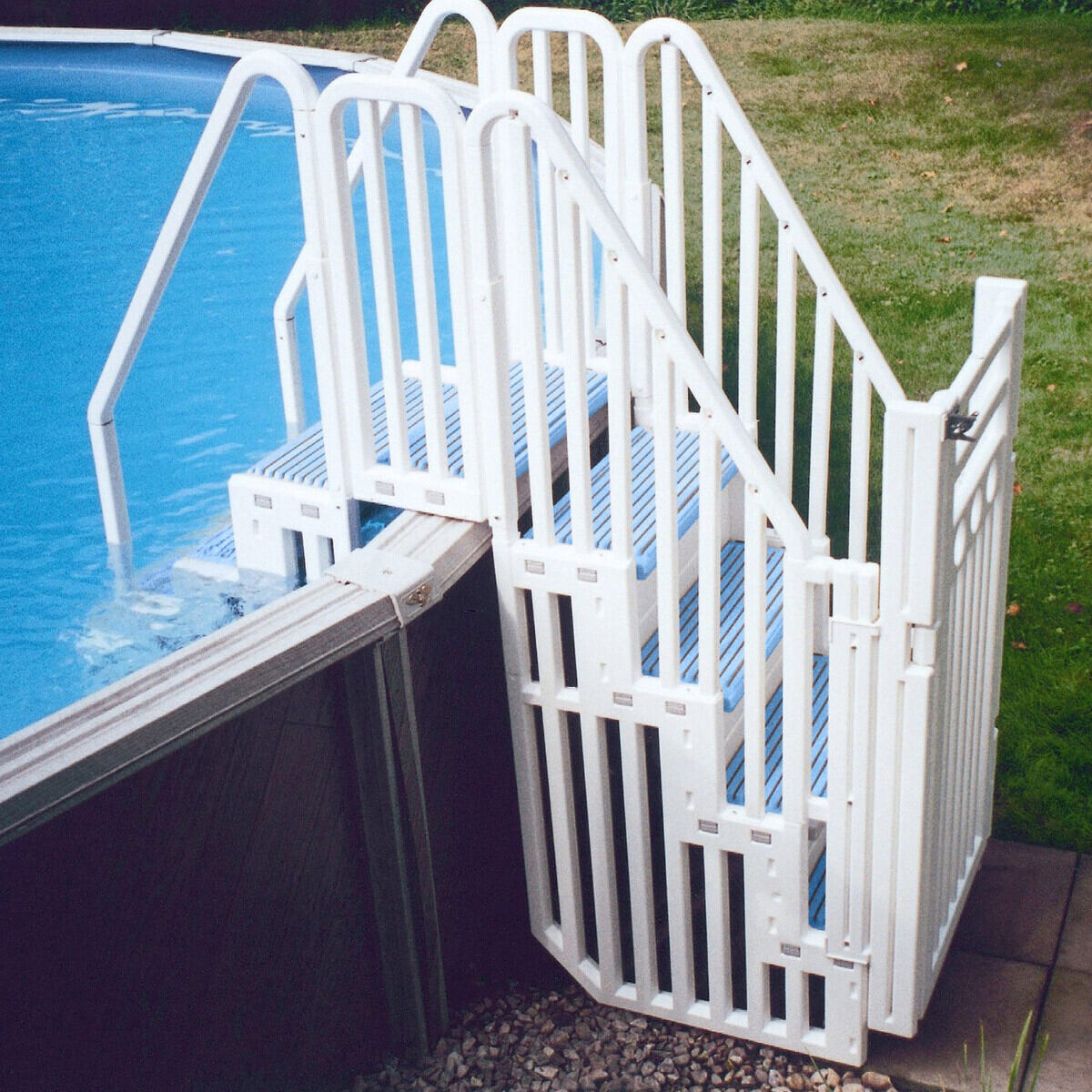
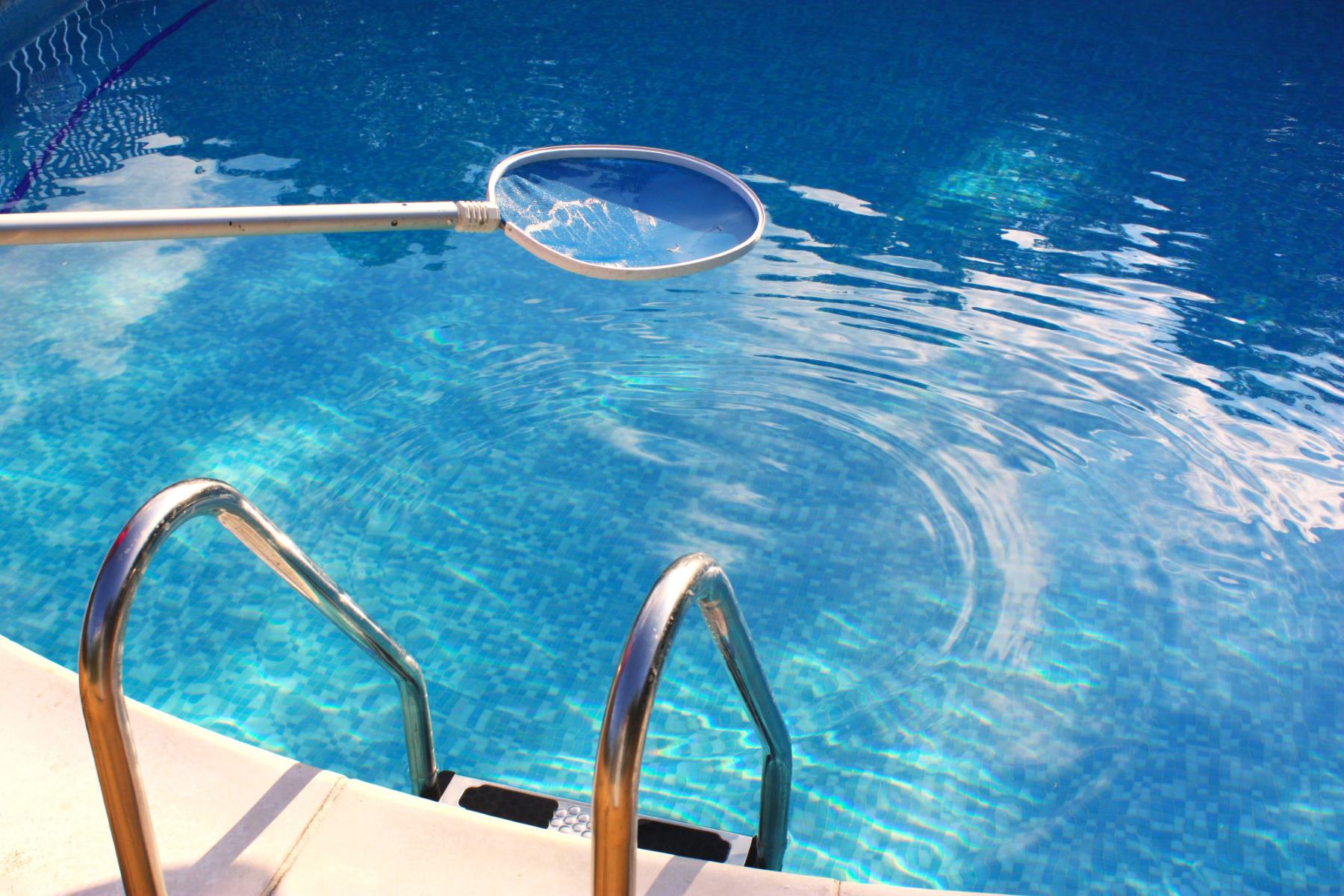

0 thoughts on “How To Clean An Above Ground Swimming Pool After Winter”